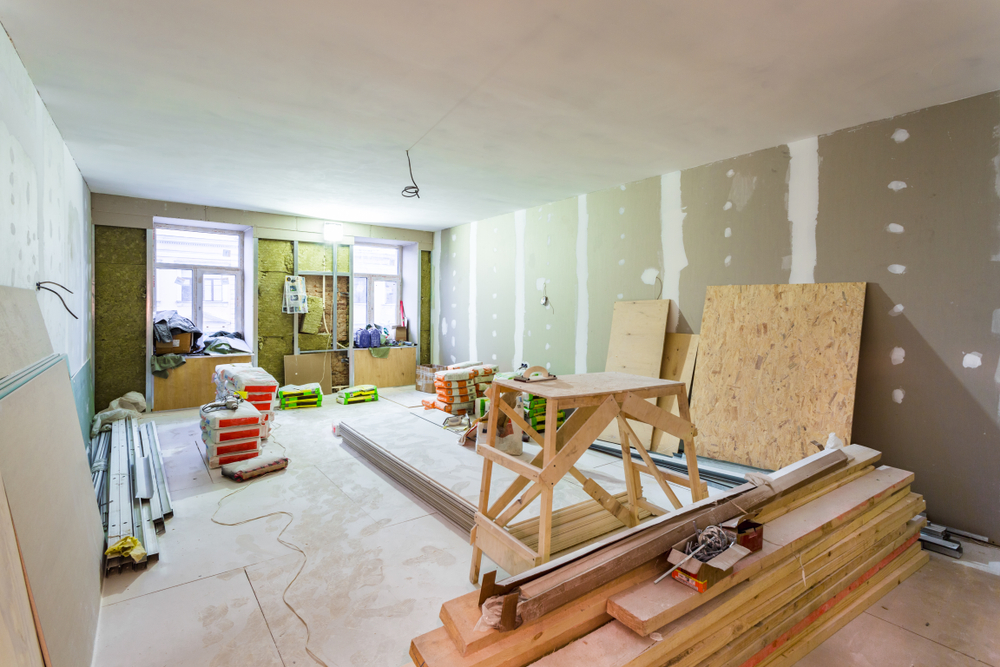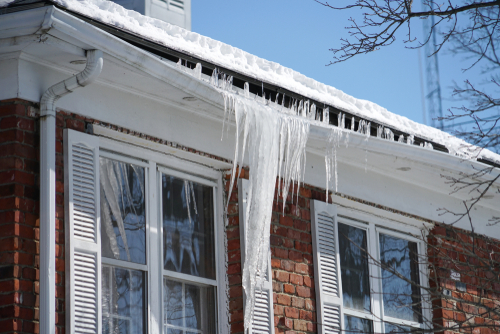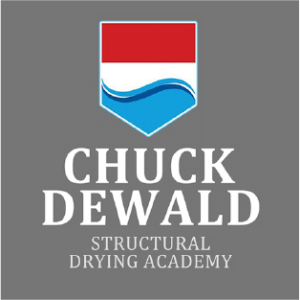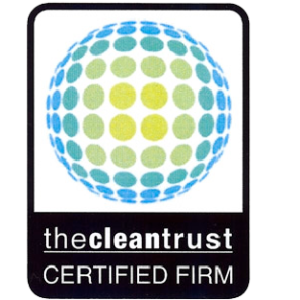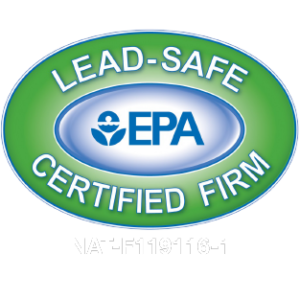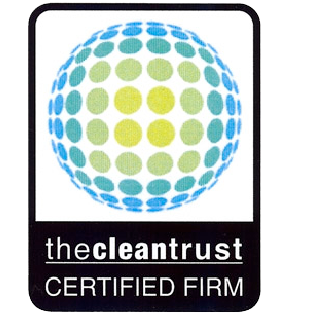
Quick Guide: Can You Clean it — or Does it Need to be Replaced?
When damage strikes your home or business, the last thing you want to hear is that your belongings can’t be salvaged. Sometimes that’s the tough reality our team has to deliver — but sometimes advances in contents restoration technology make it possible to keep your furniture, carpet, and more.
How do you know which situation is which? Here’s our quick guide to whether your items can be cleaned or need to be replaced!
What type of damage was it?
The type of damage can play as big a role in the contents restoration process as its severity. For example, it’s possible to dry some belongings soaked by clean water — but even a few drops of sewage can push an object past the point of repair.
Fire damage
If materials have been directly burned, they will almost always need to be completely replaced.
If they don’t have obvious signs of damage, things get a little more complicated: Depending on the type of underlying smoke residue, your belongings might be able to simply be cleaned or resurfaced.
In general, the smaller and drier the blaze, the greater the likelihood your items can be restored.
Water damage
Clean water — from summer rainwater or winter frozen pipes — doesn’t pose a direct risk to your health, so the biggest consideration becomes whether or not restoration is more cost-effective than replacement.
Sewer water, on the other hand, is almost impossible to clean completely. The toxins and bacteria are so harmful to human health that it’s often not safe to try.
Mold damage
If found soon enough, mold can often be cleaned without ruining the surfaces on which it grows. As time goes on, though, it is capable of causing structural damage that becomes more difficult to repair.
What belongings are damaged?
Some things are incredibly easy to clean, even when the scene looks nothing short of chaotic. Unfortunately, other belongings prove to be a much harder challenge.
Things to always throw away
There are a few items you should always throw away, regardless of how damaged or undamaged they appear: food, medicines, and cosmetics.
Porous materials are difficult to restore
Porous and semiporous materials absorb water and bacteria quickly, which means they’re difficult to save. This is usually the case for carpet, fabric furniture, clothing, wood floors, and paper products.
Nonporous materials are more resilient
On the other hand, nonporous materials like concrete, tile, and vinyl can often be salvaged because their hard surfaces don’t allow sewage bacteria or smoke to seep inside.
How severe is the damage?
In some cases, contents restoration is possible but may not be the most economical decision. Severe damage can cost so much to clean and repair that it’s better to simply buy new belongings.
What if the items have sentimental value?
Thankfully, most important financial documents are now stored electronically — though you still might find it worthwhile to restore porous materials like scrapbooks, antiques, or old letters that carry deep personal value.
There is a chance that these fragile belongings can be saved. The longer the material is exposed to water, smoke, or mold, the less likely successful restoration becomes. It’s important to contact a professional right away.
Not sure where to start?
Revive Restoration is here for you.
Our team of professionals will arrive onsite within minutes to assess your home or business’s damage situation. We’ve dealt with hundreds of fires, floods, and other disasters over the years — our experienced eyes enable us to provide efficient, cost-effective recommendations.

Newsletter Coming Soon!
Receive regular updates on tips and tricks to keep your house or office building in tip-top shape.




